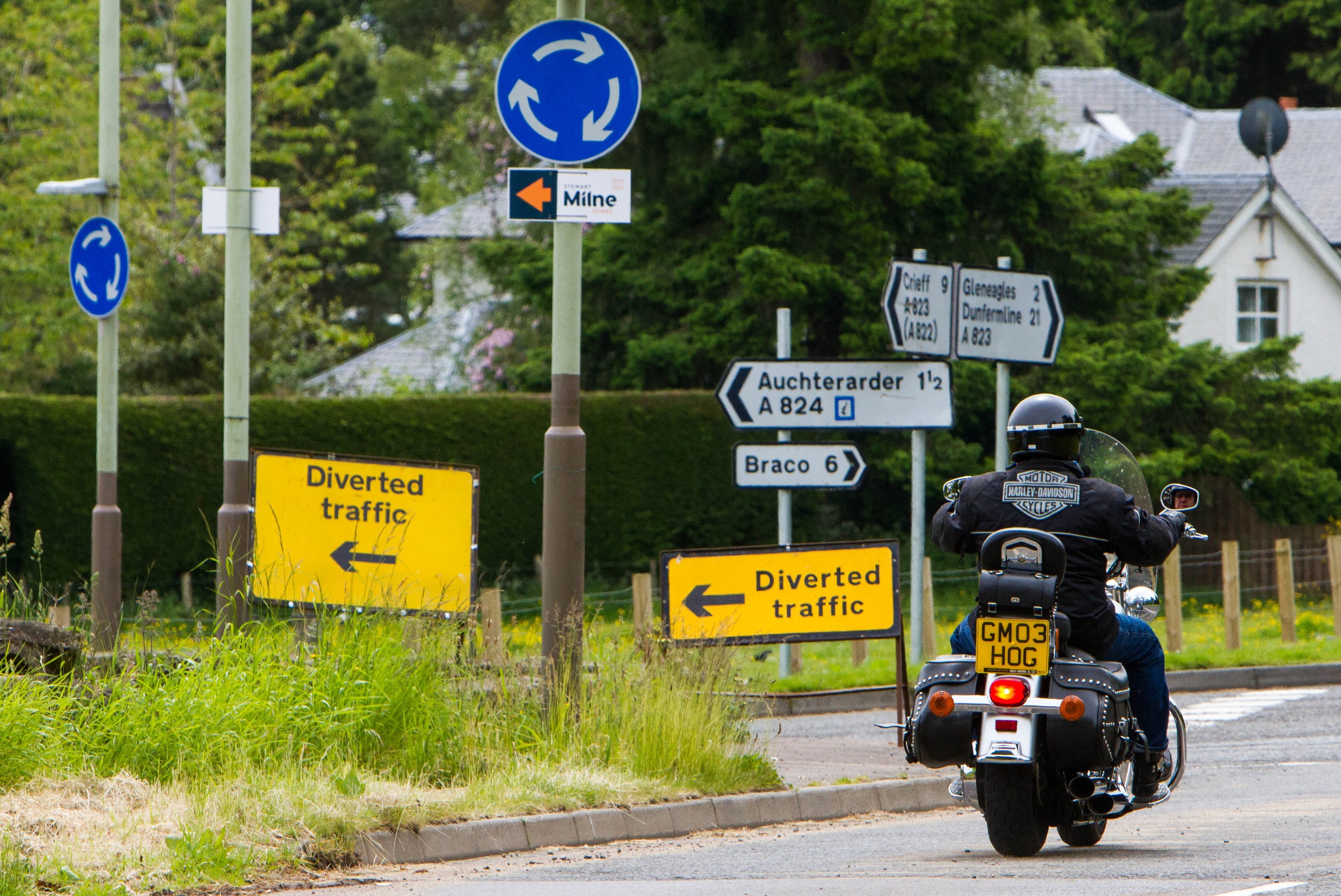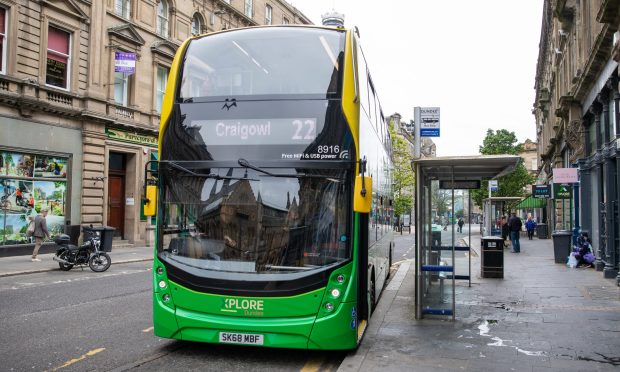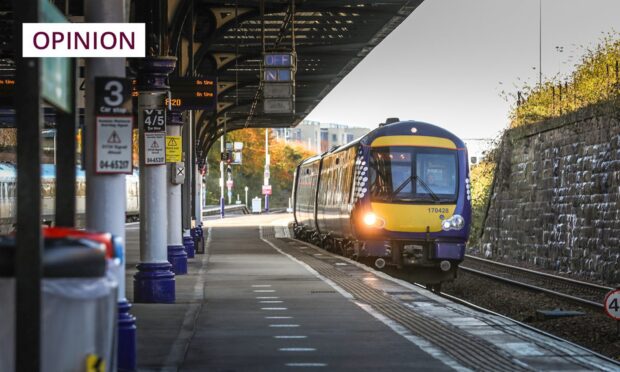Councils are to be given new powers to strip away “eyesore” road signs in a bid to save cash and make Britain’s streets more pleasing on the eye, the Government has announced.
Signs warning of permit-parking zones and cycle lanes could be among those removed under measures to be introduced on Friday by Transport Secretary Patrick McLoughlin.
Repeater speed limit signs could also be axed under changes Mr McLoughlin said could save local authorities £30 million over the next four years and stop drivers being “distracted”.
The Department for Transport says the number of road signs in England has almost doubled from 2.45 million in 1993 to an estimated 4.57 million in 2013.
Mr McLoughlin said: “Road signs should only be installed on our roads when they are essential. Our common-sense reforms will help get rid of pointless signs that are an eyesore and distract drivers.
“These new rules will also save £30 million in taxpayers’ cash by 2020, leaving drivers with just the signs they need to travel safely.”
Sir Alan Duncan, the former international development minister, will lead a taskforce “looking at removing pointless signs”, the DfT said.
While motorways and major trunk roads are the responsibility of the DfT, local authorities control all smaller roads. The changes will apply to local authorities in England, Scotland and Wales.
The Government argues that local authorities will save money through a reduction in the number of signs they have to keep lit – although danger signs will still have to be illuminated.
Among the rule changes being introduced is a “use by” date for signs warning of a new road layout or new roundabout, to prevent them being forgotten about and left in place “for years” instead of the regulation three months.
Other changes planned by the DfT allowing cycle lanes and permit parking areas to be shown just using a road marking, instead of the current need for a marking and a sign.
Traffic restrictions like no-entry or no left turn would also only require a sign at their start “if it’s safe”, the department said.
Councils will also be allowed to decide themselves how many speed limit repeater signs are needed on a given road.
Smaller signs and signs at lower level for pedestrians and cyclists will also be available, it said.
Steve Gooding, director of the RAC Foundation, said: “We all know roads where signs seem to have been breeding. But are there really two million more things drivers have to be told about today compared with 20 years ago?
“The test of good traffic signing is whether they clearly and effectively tell drivers something they need to know. It must be right that this responsibility should sit with councils who manage most of our roads and know them inside out, rather than being dictated from Whitehall.”










